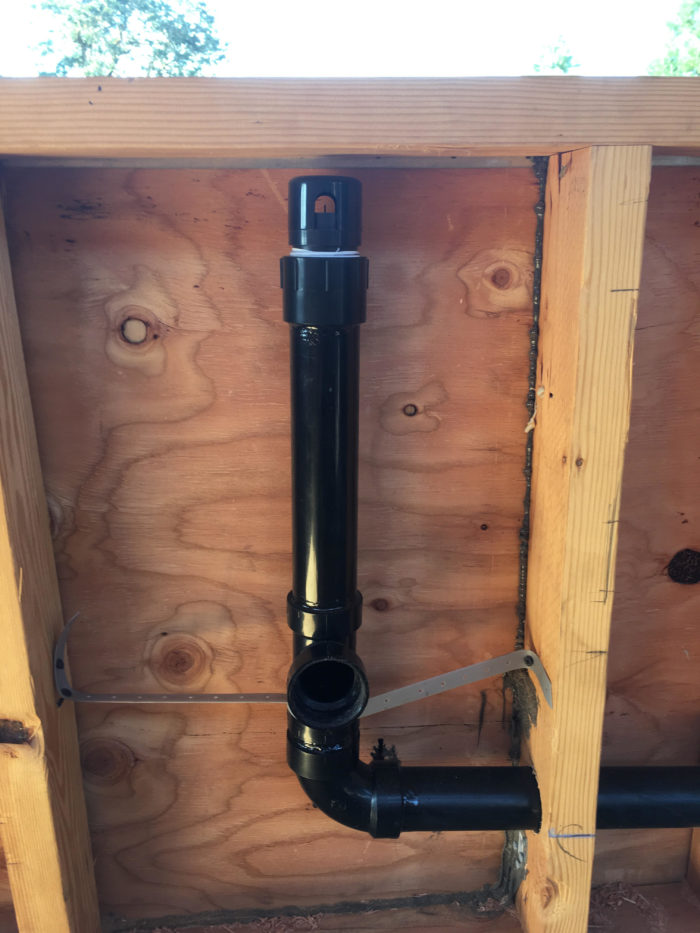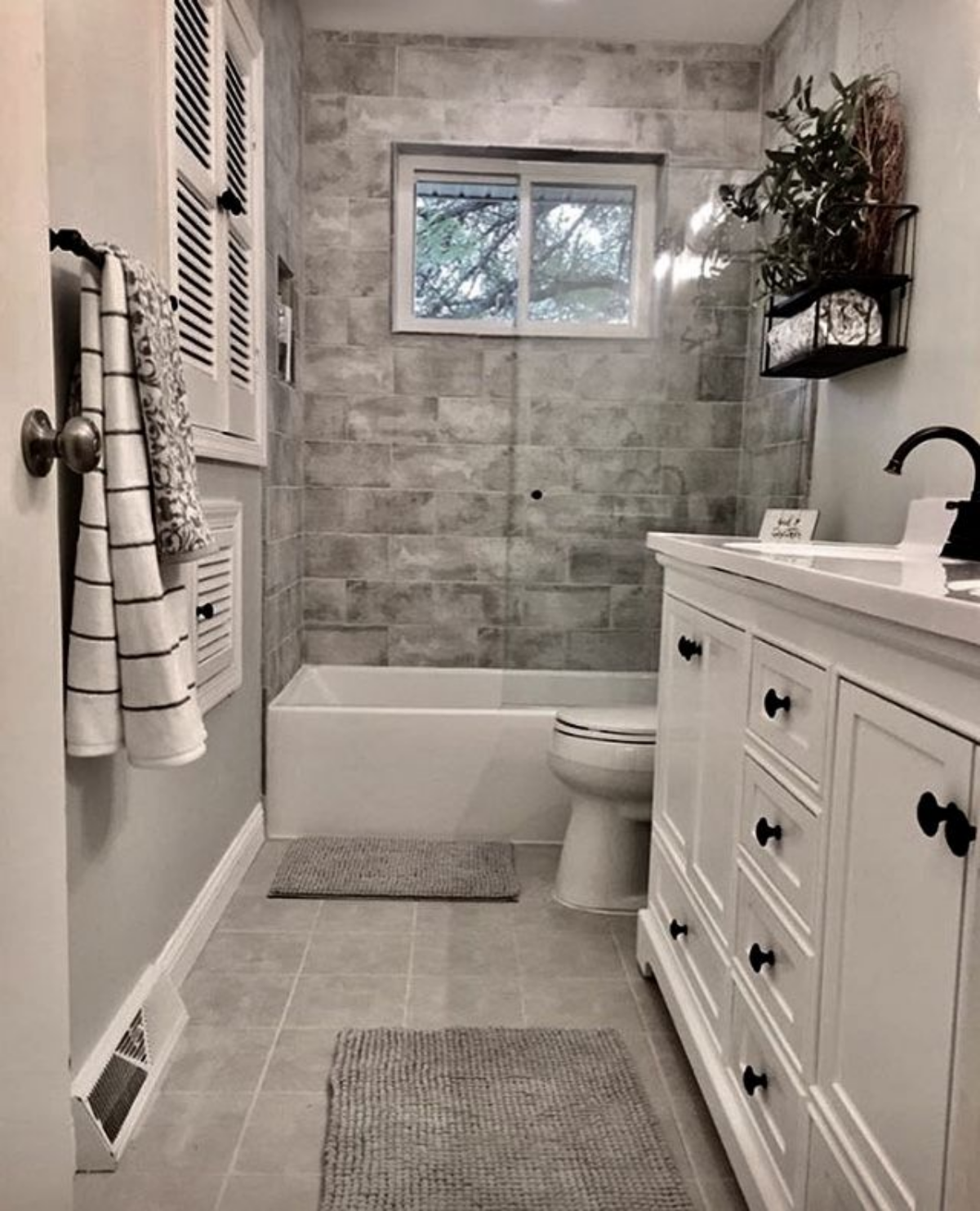The Reasons Why Adequate Ventilation is Crucial for Plumbing Systems
The Reasons Why Adequate Ventilation is Crucial for Plumbing Systems
Blog Article
The publisher is making several good annotation related to What Are Plumbing Vents and Why Are They Important? as a whole in the content directly below.

Appropriate air flow in pipes systems is commonly overlooked, yet it is crucial for maintaining the capability and security of your home's pipes. Air flow aids regulate atmospheric pressure, avoid the accumulation of harmful gases, and make sure the reliable removal of waste. In this overview, we will certainly explore the value of proper plumbing air flow, just how it functions, and the advantages it offers your plumbing system.
Comprehending Ventilation in Plumbing
Air flow in plumbing describes the network of pipes that permit air to stream through the drain system. These vents offer numerous objectives, consisting of managing atmospheric pressure within the pipelines, preventing sewage system gases from entering the home, and aiding in the smooth flow of wastewater.
How Air Flow Functions in Pipes Equipments
Atmospheric Pressure Guideline
Proper air flow keeps well balanced atmospheric pressure within the pipes system. When water moves through pipes, it displaces air. Without adequate ventilation, this displacement can create unfavorable pressure, resulting in slow down drains or siphoning of water from traps, which can create unpleasant odors to seep right into the home.
Protecting Against Sewer Gas Buildup
One of one of the most crucial features of pipes vents is to stop drain gases, such as methane and hydrogen sulfide, from building up within the home. These gases can position significant health and wellness risks and are extremely flammable. Vent pipes permit these gases to run away securely outdoors.
Aiding in Waste Elimination
Air flow helps in the effective removal of wastewater by stopping airlocks in the water drainage system. When air can move openly via the vents, it enables water and waste to stream efficiently with the pipes, decreasing the danger of blockages and backups.
Kinds Of Pipes Vents
Key Stack Vent
The major pile vent, likewise known as the vent stack, is the key vent in a pipes system. It extends from the primary drain align through the roofing system, allowing gases to escape and fresh air to enter the system.
Branch Vent
Branch vents link to the main stack vent and serve individual fixtures, such as sinks, toilets, and showers. These vents make certain that each fixture has ample ventilation to function appropriately.
Air Admission Valve (AAV).
An Air Admittance Shutoff (AAV) is a one-way shutoff that allows air to get in the plumbing system without the need for a traditional vent pipe expanding through the roofing. AAVs are commonly used in renovations or locations where setting up a typical vent is impractical.
Indicators of Poor Air Flow in Pipes.
Slow Draining Fixtures.
If your sinks, bathtubs, or commodes are draining slowly, it could be a sign of inadequate ventilation. Poor air circulation can produce a vacuum cleaner result, making it difficult for water to drain correctly.
Gurgling Appears.
Gurgling audios coming from drains are often a result of air being sucked through water catches due to adverse stress in the pipelines. This is a clear sign of insufficient air flow.
Undesirable Odors.
Drain smells inside your home are a red flag that your plumbing system is not properly aerated. This can imply that sewage system gases are not being adequately vented outside, bring about potentially dangerous conditions.
Typical Air Flow Mistakes.
Inadequate Vent Sizing.
Using undersized vent pipes can cause poor air flow and pressure discrepancies in the system. It's vital to use vents that fulfill the certain demands of your plumbing system.
Improper Vent Positioning.
Putting vents too far from the fixtures they offer can minimize their effectiveness. Proper placement makes sure that air can flow freely and efficiently via the system.
Ignoring Code Needs.
Building ordinance supply specific standards for plumbing ventilation. Overlooking these codes can result in a system that falls short to work properly and may bring about expensive repair work or health hazards.
Advantages of Proper Ventilation.
Boosted System Efficiency.
Correctly aerated plumbing systems operate a lot more effectively, with fewer blockages, faster draining pipes, and much less strain on the pipelines. This efficiency expands the lifespan of the pipes system.
Improved Air Quality.
By preventing drain gases from entering your home, proper air flow contributes to better indoor air top quality, making your living setting healthier and extra comfortable.
Stopping Water Damages.
Adequate ventilation helps avoid water from being siphoned out of traps, which can bring about drain gases getting in the home and causing water damage gradually.
Actions to Make Certain Appropriate Air Flow.
Consulting Pipes Codes.
Always seek advice from neighborhood plumbing codes when creating or modifying your pipes system. These codes give the required standards for proper venting and guarantee your system fulfills safety and security criteria.
Normal Inspection and Maintenance.
Regular inspections can assist recognize potential ventilation issues prior to they come to be significant issues. Upkeep jobs, such as cleansing vent pipelines and looking for clogs, are vital for maintaining the system in good working order.
Specialist Installment.
For new setups or major adjustments, it's wise to employ an expert plumbing professional. They have the know-how to ensure the ventilation system is properly developed and installed according to code.
Verdict.
Appropriate ventilation is an important component of any type of pipes system, guaranteeing that it works effectively and safely. By understanding the importance of ventilation, acknowledging the indications of poor ventilation, and taking steps to maintain your system, you can stop pricey problems and shield your home's air top quality.
4 Things You Should Know About Your Plumbing Vents
What Plumbing Vents Are
Also called a vent stack, a plumbing vent is a vertical pipe attached to your drain line that runs through your roof. The plumbing vent pipe, or plumbing air vent, removes gas and odors from your plumbing system and allows fresh air to enter the pipes, helping the water to flow out of the drain pipes.
What Plumbing Vents Do
Plumbing vents have two basic functions. One of which is to allow unpleasant smelling wastewater and sewer gasses to escape your plumbing system instead of entering your home. Plumbing vent pipes are typically located on roofs, away from windows, to ensure the fumes exit the home completely.
The other function of the plumbing vent is to move fresh air into your plumbing system. This helps move water through every plumbing fixture in your house, like toilets and sink drains. Think of the way in which you need to let a little air into the bottle as you pour soda in order to make the drink flow smoothly.
Different Types of Plumbing Vents
True vent: This is the most common vent option. In simplest terms, a true vent is a vertical pipe attached to your drain line that exits through the roof. They often function as the main vent that other fixtures can connect to. Re-vent pipe or auxiliary vent: Attached to the drain line near specific plumbing fixtures, re-vent pipes run up and over to connect to the main vent. Common vent: Two plumbing fixtures installed on opposite sides of a wall are typically tied into the vent stack using something known as a sanitary cross. Wet vent: This venting option operates as a drain pipe and a vent at the same time. Wet vent drainage systems drain water from one fixture while venting the air from another. Although they’ve been used for over 100 years, wet vent systems have only recently been added to the plumbing code in many areas. If you’re planning on installing one in a bathroom remodel, make sure you check your local code prior to construction. Loop vent: For free-standing fixtures like kitchen island sinks, loop vents are ideal. These vent pipes run under the floor, rise from the P-trap, and create a loop inside the cabinet sink. Air admittance valve: An AAV is a one-way mechanical valve typically installed at the site of the plumbing fixture. AAVs allow venting to occur without having to tie into a larger venting system. They’re ideal for venting fixtures where you aren’t able to easily connect to an existing vent system. Common Plumbing Vent Issues
Although vent pipes typically don’t have water flowing through them, they’re still subject to many typical plumbing issues. For example, clogs are one of the most common problems associated with sewer vent pipes. If your vent pipe gets clogged, all of your plumbing fixtures tied into the vent stack will be affected.
A sink with a slow drain that bubbles and gurgles or a strong sewage smell around your toilet are both indicators that your toilet vent pipe is clogged. Because most vent pipes exit through the roof, old leaves, twigs or even a bird’s nest could be clogging the pipe.
Clogs in your vent pipe system cause a buildup of negative pressure, meaning that water won’t be able to flow out of your home very well. It’s similar to putting your finger over the opening of a straw to trap water inside. When you remove your finger, the water is able to flow out of the straw.
If you suspect you have any blockage in your vent, make sure you have a professional come examine the situation. Left unchecked, a blocked air vent can lead to other costly repairs, like leaks and sediment buildup.
Under Pressure
Pipe vents are essential aspects of a home’s plumbing system. Owning a home means learning about all sorts of things you never put much thought into before. But by understanding as much as you can about the important systems of your home, you can keep those budgets intact and those anxiety levels low.
https://www.homeserve.com/en-us/blog/home-improvement/plumbing-vents/

I was introduced to that report on Essential Plumbing Vent Pipes: Understanding Their Role from someone on a different web property. Appreciated our article? Please quickly share it. Let another person locate it. Thanks for taking the time to read it.
Call Report this page